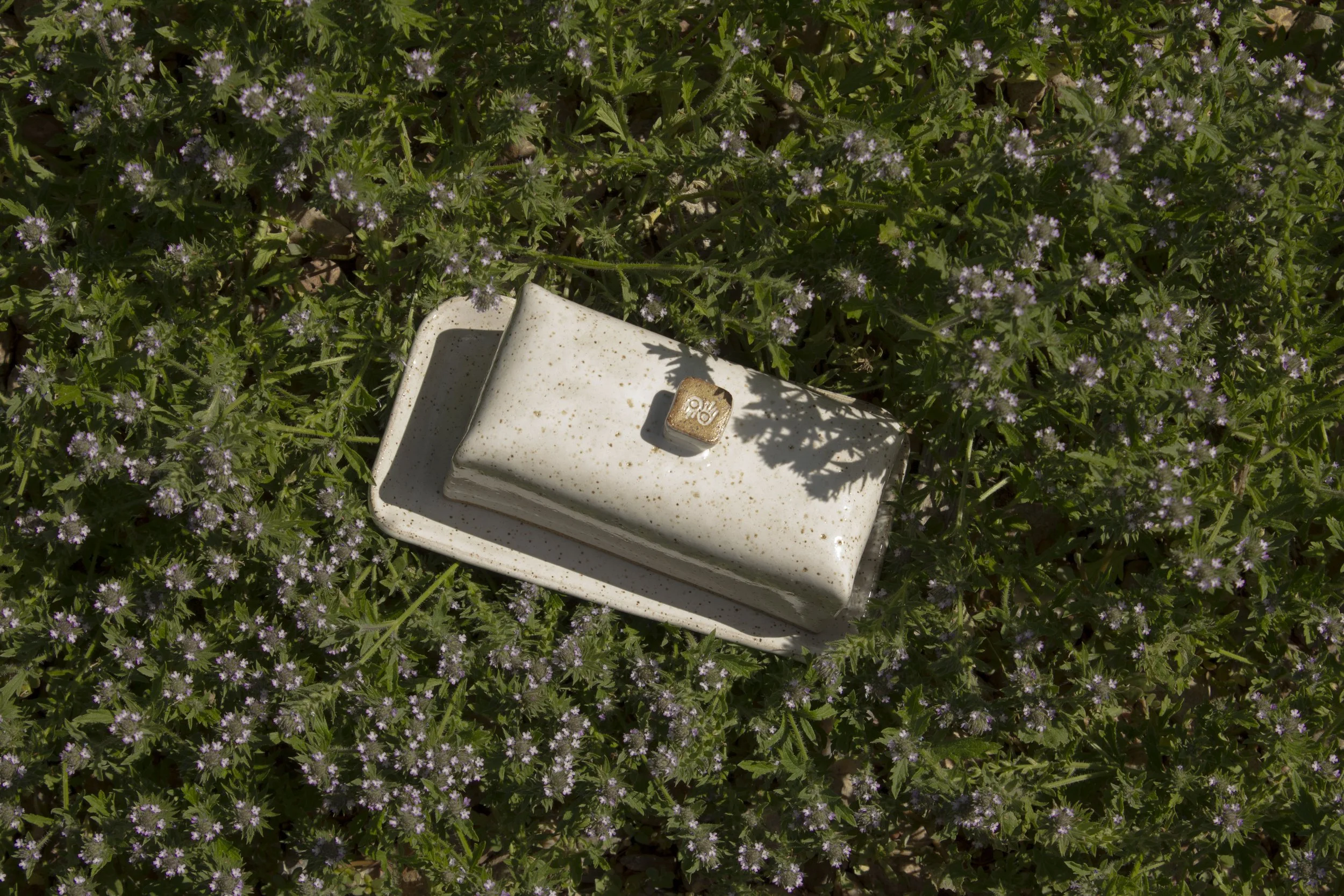Artisan vs. Machine-made Pottery
In a world of one-click convenience and warehouse abundance, it’s easy to overlook the quiet, powerful beauty of something made by hand. But if you’ve ever held a handmade mug—really held it—you probably felt the difference instantly. It’s in the subtle texture of the glaze, the gentle curve of the rim, the weight that sits just right in your palm. That difference isn’t accidental. It’s the result of time, intention, and an artist’s eye.
So what actually sets handmade ceramics apart from the mass-produced ones lining department store shelves? Let’s break it down.
Human Touch vs. Machine Efficiency
Handmade ceramics begin with raw clay and human hands. In our Denver studio, every piece we make goes through a slow, intentional process: shaping, trimming, drying, bisque firing, glazing, and firing again. Each step matters—and each piece reflects the nuances of the maker’s touch.
Mass-produced ceramics, by contrast, are often slip-cast into molds in factories. Machines replicate the same shape thousands of times. The focus is on efficiency, not expression. And while the results might be consistent, they lack the organic soul that handmade pottery carries.
Quality You Can Feel
Artisan ceramics are usually crafted from high-fire stoneware or porcelain—clays chosen for durability, weight, and aesthetic. Glazes are mixed in small batches, tested, and adjusted over time. These choices affect not only how a piece looks, but how it lives: Is it microwave safe? Will it chip easily? Does the glaze crack or stain?
Mass-produced pieces are typically made with lower-cost materials, fired quickly, and finished with generic glazes. The difference becomes obvious over time—especially after daily use.
Why Slow-Made is Built to Last
A handmade bowl might take a week from start to finish. That includes drying time, two firings in the kiln, and hours of hands-on shaping and glazing. There are no shortcuts, just careful, measured steps.
Factory ceramics, on the other hand, are produced in bulk and fired in rapid cycles. The goal is quantity, not longevity. That’s why you’ll find chipped mugs at the back of your cupboard that barely lasted a season.
In handmade work, time is an ingredient. One that shows up in the final product’s resilience and beauty.
No Two Pieces Are the Same
This is where handmade ceramics shine. Every mug, dish, or vase carries its own quirks—slight glaze drips, finger ridges, or variations in form. This is the language of wabi-sabi: a Japanese aesthetic that celebrates imperfection and transience.
Mass-produced ceramics, while flawless in their uniformity, lose this character. They are consistent, yes—but often anonymous.
When you buy handmade, you're not just purchasing a thing. You're welcoming a story into your home.
Small-Batch, Big Meaning
Buying handmade ceramics means supporting a person, not a corporation. In our case, it means supporting a woman-owned studio rooted in the Denver creative community. Every sale contributes to more than just business—it supports slow art, sustainable practices, and the dream of doing meaningful work.
Mass production often happens overseas, with little transparency around labor or environmental practices. Your dollars stretch further when they stay closer to home.
Why It All Matters
The difference between handmade and mass-produced ceramics isn’t just visual—it’s emotional, ethical, and lasting. It’s the difference between something you own and something you live with.
So next time you reach for a mug or plate, consider what went into making it. Consider whose hands shaped it. And if you’re curious to explore the slow-made life, shoot us a message or find us at one of our pop-ups to chat more.
